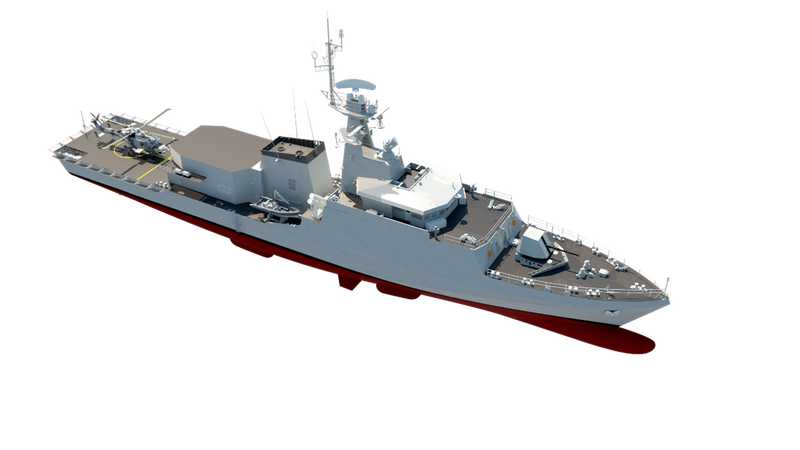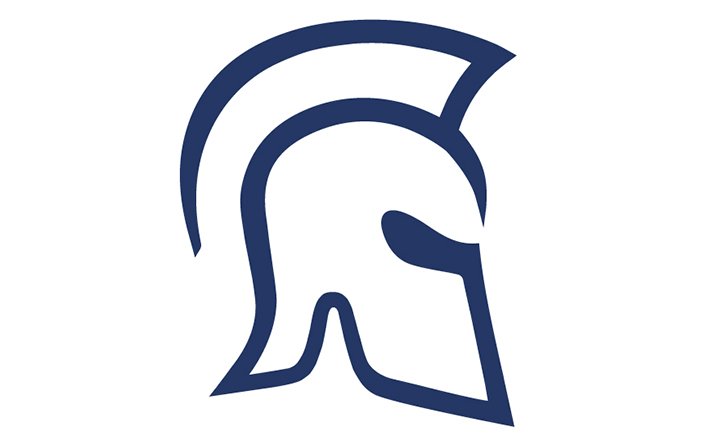How the UK’s OPVs are playing a key role for the Royal Navy (Sponsored)
HMS Tamar and Spey depart on the 8,000 mile journey to the Indo-Pacific for their 5 year deployment
This article is brought to you by BAE systems.
A deployment to the Indo-Pacific requires a ship that is not only reliable but also one that is capable of performing multiple roles and meeting the various challenges presented by such an operation.
Whether this is conducting operations in the vast open ocean or the complex coastal areas and archipelagos, supporting partners in helping to overcome maritime security threats or assisting with disaster relief as the impacts of climate change become increasingly apparent - the BAE Systems designed River Class 90m OPV is versatile and well suited to the task. The Royal Navy’s deployment will also highlight how the ship could be used by other countries in the Indo-Pacific to meet their own unique operational requirements, as well as presenting an example of a proven and flexible design, which could support the development of their own national shipbuilding capabilities.
Building up to their arrival in the Indo-Pacific, the Royal Navy has been making the most of the capability the OPV provides, as well as exploring its full potential. HMS Tamar has undertaken innovative operations such as trialling the use of the Gravity jet suit for maritime boarding missions and operating unmanned aircraft from the ship, whilst HMS Medway has been involved in successful counter-narcotic operations in the Caribbean.
The Royal Thai Navy OPVs, HTMS Krabi and HTMS Prachuap Khiri Khan, will also be in the Indo-Pacific when the two BAE Systems built OPVs arrive in the region. The Royal Thai Navy OPVs were constructed by Bangkok Dock Company under licence using the BAE Systems OPV design. This arrangement meant that Thailand could modify the design of its own ships to install combat systems that were compatible with its wider fleet, use locally sourced materials and reduce in-service support costs during the more than 30-year life of the ship. Thailand’s OPV programme has also led to a range of economic benefits with valuable knowledge and expertise being generated amongst Thailand’s skilled workforce and value being created in the supply chain and local economy as a result of the ships’ local construction. Establishing this sovereign ship-building capability was a key criterion in selecting the BAE Systems OPV design and licencing arrangement.
With neighbouring countries all facing similar challenges but recognising specific requirements may differ, the BAE Systems OPV design has proven that it can provide a flexible capability to meet varying operational demands and is an ideal candidate to support a national shipbuilding agenda and directly enhance the local economy.
The 90m River Class design has demonstrated its design and operational flexibility in other regions as well. In addition to the UK and Thailand, the Brazilian Navy operate three BAE Systems 90m OPVs. Brazil has used the ships both to meet their originally intended requirements to patrol and protect the “Blue Amazon” but also to support trilateral exercises in West Africa, the Mediterranean and the Indian Ocean. This ability to operate the ship to meet various differing operational requirements globally is hugely valuable to Navies, always under pressure from stretched resources, whilst driven to conduct and meet national defence and security requirements requires a flexible adaptable and economical design.
“Customer requirements vary for good reasons and that’s why we always intended the OPV to be reconfigurable in many different directions and offer a number of capability options. This could involve anything from enhancing the flight deck, adding to the weapons suite or enabling the integration of locally developed systems,” explains Dominic Morley, Head of Business Development at BAE Systems’ maritime business.

Above: The BAE Systems 94m OPV design with 76mm Oto Melara Gun – this design with an aircraft hangar is adaptable for extended operations using organic helicopters and Unmanned Air Vehicles.
The 90m Royal Navy OPVs HMS Tamar and HMS Spey have a top speed in excess of 24kts and are capable of operating a 12 tonne helicopter such as the NH 90, and are fitted with a 30mm main gun, two Pacific 24 RIBs and a crane capable of loading & discharging 15 tonne ISO containers. With an intended service life of 30 years, the flexible base design ensures the need for future upgrades are considered from the outset, something that has proven valuable to existing operators, along with how easily and economically the platform can be supported once in service.
The selection of the OPV for the Royal Navy’s five year deployment is testament to the ship’s versatility, “I’m delighted that we will get to see the ships in the region soon and I hope we can help demonstrate to some of the partner Navies they will operate alongside, just how valuable an addition the ship can be,” Dominic said.
More from Industry Spotlights
-
![BlueWhale - A True Submarine Force Multiplier]()
BlueWhale - A True Submarine Force Multiplier
The seventh annual REPMUS* and Dynamic Messenger naval exercises, organized and led by the Portuguese Navy and NATO, were held over a three-week period in September 2023.
-
![Finding your space]()
Finding your space
Digital mapping and geolocation have become critical to battlespace users, and ensuring the best content is delivered is vital.
-
![Be immersed in pioneering tech innovation at World Defense Show 2024]()
Be immersed in pioneering tech innovation at World Defense Show 2024
Journey to the Future at World Defense Show 2024 offers an interactive experience showcasing defence tech innovation and emerging trends across five domains.
-
![How are modern small tactical unmanned aerial systems reshaping the landscape of warfare?]()
How are modern small tactical unmanned aerial systems reshaping the landscape of warfare?
Discover Aeronautics' Role in Redefining Tactical Warfare Through Innovative UAV Solutions
-
![Solving key multidomain challenges for major alliances]()
Solving key multidomain challenges for major alliances
Undertaking complex multidomain operations within a multinational alliance comes with challenges. Here are some ways to address them.
-
![An inter-connected and cyber-resilient enterprise system]()
An inter-connected and cyber-resilient enterprise system
Modernizing training with fair-fight commonality at the highest fidelity for enhanced mission rehearsal.

























